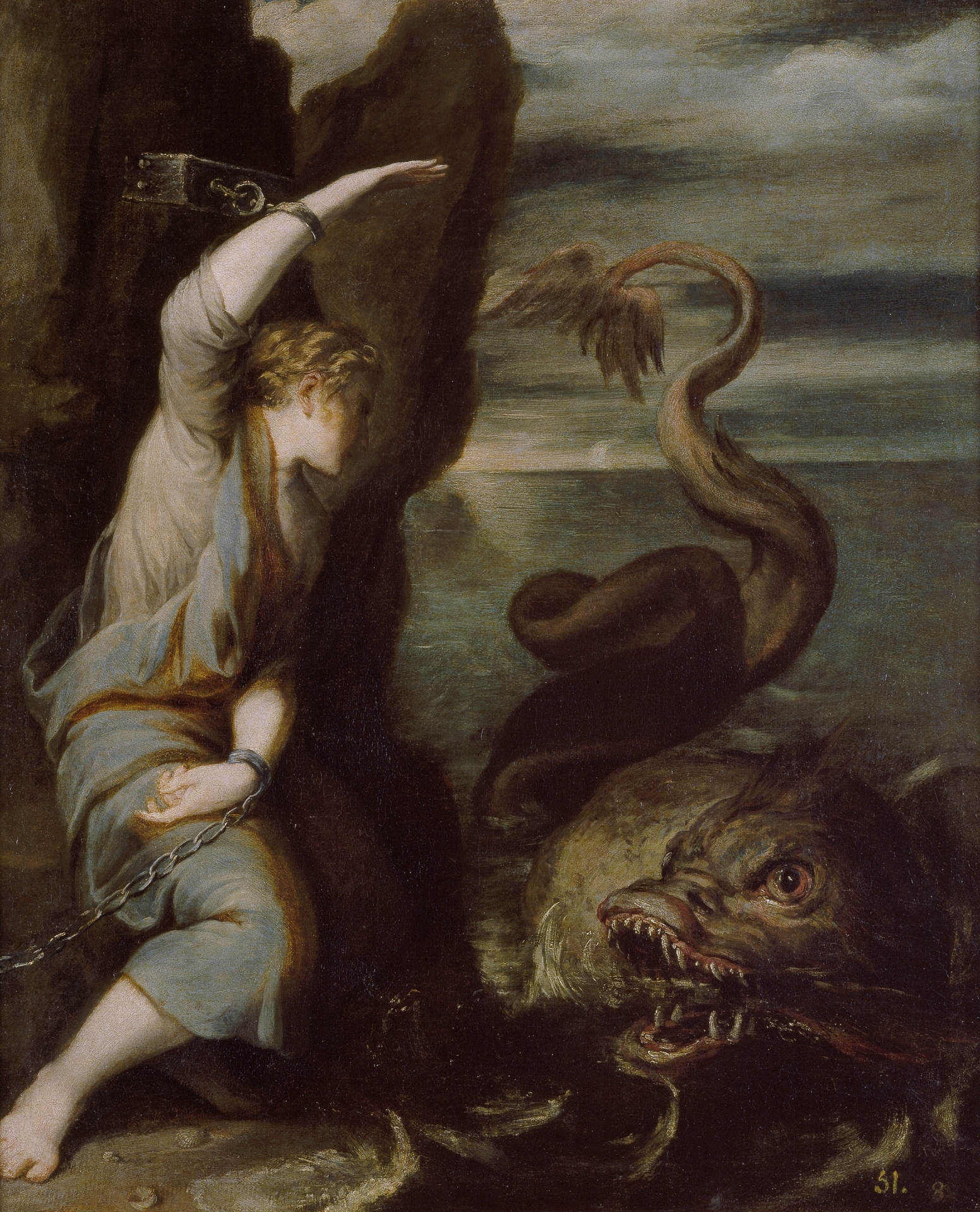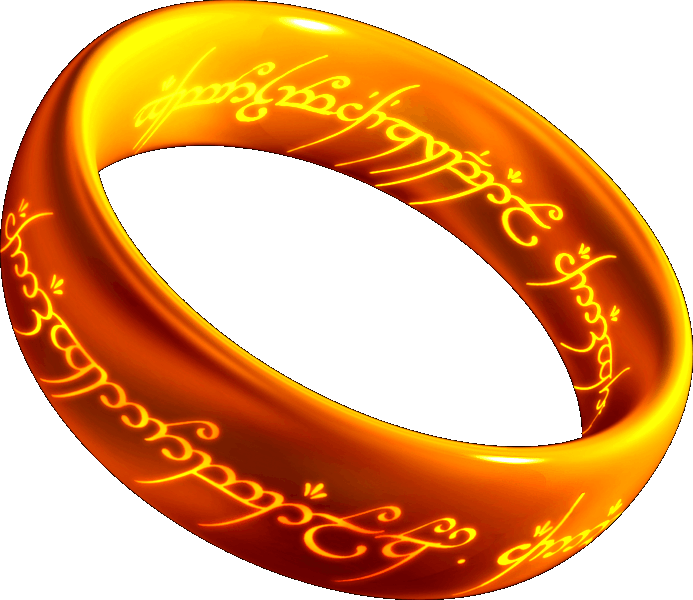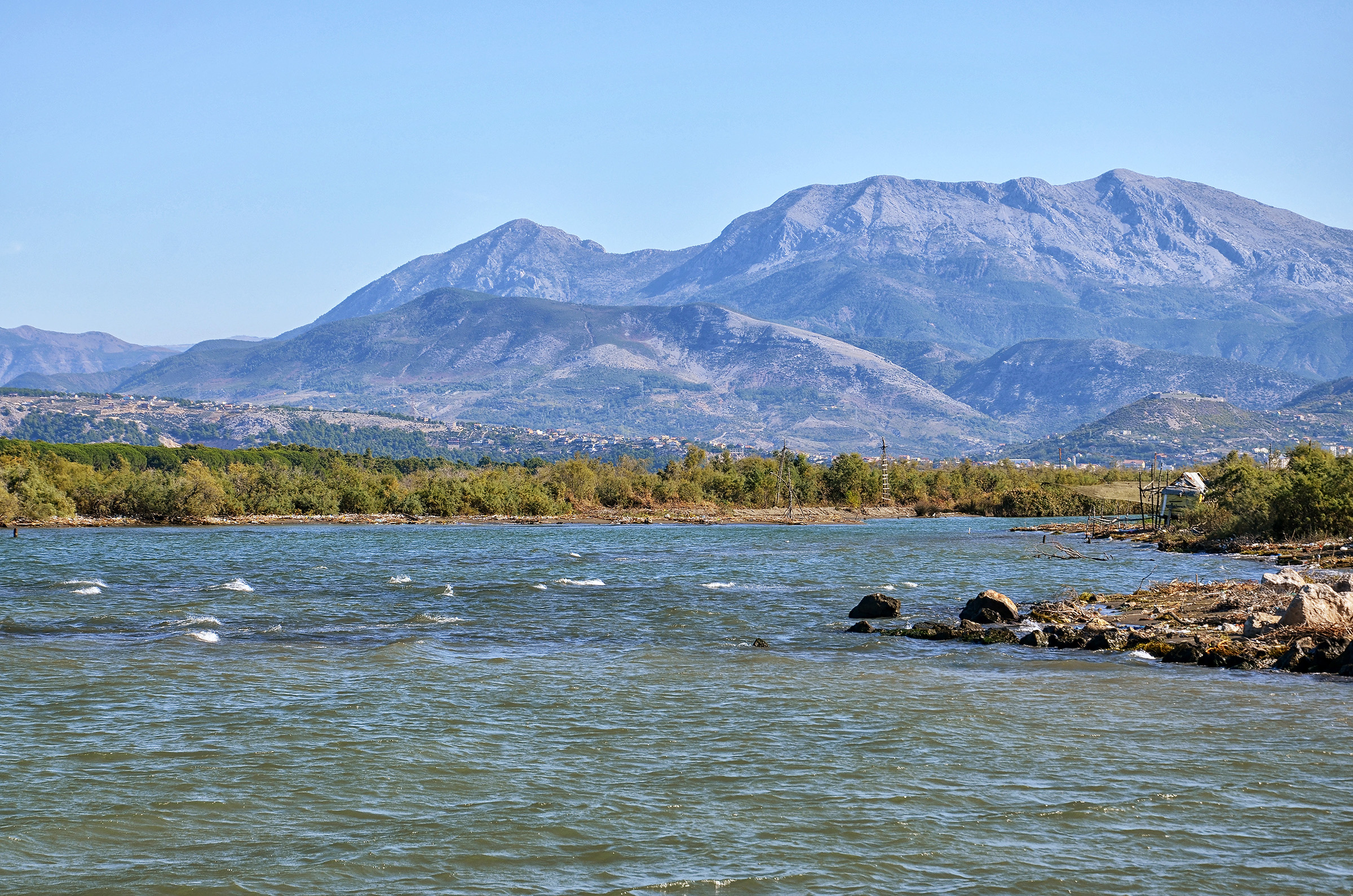|
The Twins (Albanian Tale)
"The Twins" ( Albanian: ; Italian: ) is an Albanian folk tale which Arbëreshë folklorist Giuseppe Schirò recorded in Piana degli Albanesi and published in his 1923 book, , in Albanian and Italian. American journalist George Post Wheeler translated an English variant of the tale in his 1936 book, ''Albanian Wonder Tales'', entitling his version "The Boy who was Brother to the Drague". The tale is Aarne–Thompson–Uther Index type 303, "The Twins or Blood Brothers," and includes ATU type 300 ("The Dragon Slayer"). In ''The Folktale'' (1946), Stith Thompson indicated four Albanian reported versions of "The Twins or Blood Brothers". Gerlando Bennici recorded and published a shorter variant in Albanian and Italian, , by Giuseppe Pitrè in his 1875 . This version does not include the ATU 300 "dragon slayer" type. "The Twins" includes common Albanian mythological figures such as the ora, zana, kulshedra, shtriga, and e Bukura e Dheut ("the Earthly Beauty"). The story also ... [...More Info...] [...Related Items...] OR: [Wikipedia] [Google] [Baidu] |
Albanian Folk Beliefs
Albanian folk beliefs ( sq, Besimet folklorike shqiptare) comprise the beliefs expressed in the customs, rituals, myths, legends and tales of the Albanian people. The elements of Albanian mythology are of Paleo-Balkanic origin and almost all of them are pagan. Albanian folklore evolved over the centuries in a relatively isolated tribal culture and society. Albanian folk tales and legends have been orally transmitted down the generations and are still very much alive in the mountainous regions of Albania, Kosovo, western North Macedonia, ex-Albanian lands of Montenegro, and southern Serbia, and among the Arbëreshë in Italy and the Arvanites in Greece. In Albanian mythology, the physical phenomena, elements and objects are attributed to supernatural beings. The deities are generally not persons, but personifications of nature, which is known as Animism. The earliest attested cult of the Albanians is the worship of the Sun and the Moon. In Albanian folk beliefs, earth is the ... [...More Info...] [...Related Items...] OR: [Wikipedia] [Google] [Baidu] |
Kulshedra
The kulshedra or kuçedra is a water, storm, fire and chthonic demon in Albanian mythology and folklore, usually described as a huge multi-headed female serpentine dragon. The kulshedra is believed to spit fire, cause drought, storms, flooding, earthquakes and other natural disasters against mankind. In Albanian mythology she is usually fought and defeated by a drangue, a semi-human winged divine hero and protector of mankind. Heavy thunderstorms are thought to be the result of their battles. In northern beliefs, the kulshedra can take possession of the sun and moon. In southern beliefs, she is described as an enormous female serpent who surrounds the world. According to this version, if she were ever to touch her tail with her mouth, she could destroy the whole world. It is said that she requires human sacrifices for accepting to postpone the natural disasters and catastrophes. According to folk beliefs, the kulshedra's earlier stage is the bolla, which has the appearance ... [...More Info...] [...Related Items...] OR: [Wikipedia] [Google] [Baidu] |
Destiny
Destiny, sometimes referred to as fate (from Latin ''fatum'' "decree, prediction, destiny, fate"), is a predetermined course of events. It may be conceived as a predetermined future, whether in general or of an individual. Fate Although often used interchangeably, the words ''fate'' and ''destiny'' have distinct connotations. *Traditional usage defines fate as a power or agency that predetermines and orders the course of events. Fate defines events as ordered or "inevitable" and unavoidable. This is a concept based on the belief that there is a fixed natural order to the universe, and in some conceptions, the cosmos. Classical and European mythology feature personified "fate spinners," known as the Moirai in Greek mythology, the Parcae in Roman mythology, and the Norns in Norse mythology. They determine the events of the world through the mystic spinning of threads that represent individual human fates. Fate is often conceived as being divinely inspired. *Fate is about th ... [...More Info...] [...Related Items...] OR: [Wikipedia] [Google] [Baidu] |
Dragonslayer
A dragonslayer is a person or being that slays dragons. Dragonslayers and the creatures they hunt have been popular in traditional stories from around the world: they are a type of story classified as type 300 in the Aarne–Thompson classification system. They continue to be popular in modern books, films, video games and other forms of entertainment. Dragonslayer-themed stories are also sometimes seen as having a chaoskampf theme - in which a heroic figure struggles against a monster that epitomises chaos. Description A dragonslayer is often the hero in a "Princess and dragon" tale. In this type of story, the dragonslayer kills the dragon in order to rescue a high-class female character, often a princess, from being devoured by it. This female character often then becomes the love interest of the account. One notable example of this kind of legend is the story of Ragnar Loðbrók, who slays a giant serpent, thereby rescuing the maiden, Þóra borgarhjörtr, whom he later m ... [...More Info...] [...Related Items...] OR: [Wikipedia] [Google] [Baidu] |
False Hero
The false hero is a stock character in fairy tales, and sometimes also in ballads. The character appears near the end of a story in order to claim to be the hero or heroine and is usually of the same sex as the hero or heroine. The false hero presents some claim to the position. By testing, it is revealed that the claims are false, and the hero's true. The false hero is usually punished, and the true hero put in his place. Vladimir Propp identified it as one of the seven roles he found in an analysis of Russian folktales, but the figure is widely found in many nations' tales. Traits In some tales, the false hero appears early, and constitutes the main obstacle to the hero. These include '' The Goose Girl'' where a serving maid takes the princess's place, and makes her a goose girl, '' The White and the Black Bride'' where the stepmother pushes the bride into the river and puts her own daughter in her place, and '' The Lord of Lorn and the False Steward'', where the steward robs the ... [...More Info...] [...Related Items...] OR: [Wikipedia] [Google] [Baidu] |
Princess And Dragon
Princess and dragon is a archetypical premise common to many legends, fairy tales, and chivalric romances. Northrop Frye identified it as a central form of the quest romance. The story involves an upper-class woman, generally a princess or similar high-ranking nobility, saved from a dragon, either a literal dragon or a similar danger, by the virtuous hero (see Damsel in distress). She may be the first woman endangered by the peril, or may be the end of a long succession of women who were not of as high birth as she is, nor as fortunate. Normally the princess ends up married to the dragon-slayer. The motifs of the hero who finds the princess about to be sacrificed to the dragon and saves her, the false hero who takes his place, and the final revelation of the true hero, are the identifying marks of the Aarne–Thompson folktale type 300, the Dragon-Slayer. They also appear in type 303, the Two Brothers. These two tales have been found, in different variants, in countries all ... [...More Info...] [...Related Items...] OR: [Wikipedia] [Google] [Baidu] |
Besa (Albanian Culture)
Besa (pledge of honor) is an Albanian cultural precept, usually translated as "faith" or " oath", that means "to keep the promise" and "word of honor". The concept is synonymous, and, according to Hofmann, Treimer and Schmidt, etymologically related, to the Classical Latin word ''fides'', which in Late Ancient and Medieval Latin took on the Christian meaning of "faith, (religious) belief" today extant in Romance languages (and then also loaned into Albanian, as '' feja''), but which originally had an ethical/ juridical scope. The Albanian adjective ''besnik'', derived from besa, means "faithful", "trustworthy", i.e. one who keeps his ''word''. Besnik for men and Besa for women continue to be very popular names among Albanians. ''Besa'' is of prime importance in the Albanian traditional customary law ('' Kanun'') as a cornerstone of personal and social conduct. Cultural concept and institution ''Besa'' is a word in the Albanian language meaning ''pledge of honor''. The c ... [...More Info...] [...Related Items...] OR: [Wikipedia] [Google] [Baidu] |
Drangue
The drangùe ( sq-definite, drangùa, drangòni) is a semi-human winged divine figure in Albanian mythology and folklore, associated with weather and storms. Babies destined to become drangue are born with their heads covered in caul and with two or sometimes four wings under their arms. The drangue hold supernatural powers, especially in the wings and arms. He is made invulnerable by the singular conjunction produced at his birth, and can die only if this conjunction is repeated once again. The main goal of the drangue is to fight the kulshedra in legendary battles. He uses meteoric stones, lightning-swords, thunderbolts, piles of trees and rocks to defeat the kulshedra and to protect mankind from storms, fire, floods and other natural disasters caused by her destructive power. Heavy thunderstorms are thought to be the result of their battles. Name and etymology Standard Albanian form of the name is ''dragùa'' ( def. ''dragói''). A common dialectal variant is ''drangue''. D ... [...More Info...] [...Related Items...] OR: [Wikipedia] [Google] [Baidu] |
Vajtim
Vajtim or Gjëmë (Gjâmë in the Gheg dialect of the Albanian language) is the dirge or lamentation of the dead in the Albanian custom by a woman or a group of women. Cries have now become extinct both in the Islamic and Christian Albanian Population, except in some parts Northern Albania and Kosovo as well as in parts of North Macedonia such as Zajas and Upper Reka, where they exist in a very diminished form. Southern Albania In Southern Albania a woman usually sings poetic verses and a choir behind her takes up the refrain. In Southern Albania only women participate in the Vajtim, whereas in Northern Albania men also can take part. The song will ask the deceased to get up from the dead because all he owned and all that was dear to him is calling for him/her to be back in life. In the past professional mourners were hired to perform a good vajtim by the wealthy families. The Turkish traveller Evliya Çelebi, visited Gjirokastër, Southern Albania, then part of the Ottoman Em ... [...More Info...] [...Related Items...] OR: [Wikipedia] [Google] [Baidu] |
Magic Ring
A magic ring is a mythical, folkloric or fictional piece of jewelry, usually a finger ring, that is purported to have supernatural properties or powers. It appears frequently in fantasy and fairy tales. Magic rings are found in the folklore of every country where rings are worn. Some magic rings can endow the wearer with a variety of abilities including invisibility and immortality. Others can grant wishes or spells such as neverending love and happiness. Sometimes, magic rings can be cursed, as in the mythical ring that was recovered by Sigurd from the hoard of the dragon Fafnir in Norse mythology or the fictional ring that features in ''The Lord of the Rings''. More often, however, they are featured as forces for good, or as a neutral tool whose value is dependent upon the wearer. A finger ring is a convenient choice for a magic item: It is ornamental, distinctive and often unique, a commonly worn item, of a shape that is often endowed with mystical properties (circular), can ... [...More Info...] [...Related Items...] OR: [Wikipedia] [Google] [Baidu] |
Ora (mythology)
The Ora ( Albanian: orë, definite form: ora, pl.: orë/t) is an Albanian mythological figure that every human possesses from birth, associated with human destiny and fate. Often depicted as three female deities, the Ora “maintain the order of the universe and enforce its laws” – “organising the appearance of humankind.” The Northern Albanian Ora, along with the Zana, can be found within the folk beliefs and oral epics of the Gheg Albanians. Folk beliefs of the Southern Tosk Albanians reveal similar Albanian mythological figures of fate and destiny, the Mirai and Fatia. Geographic location of the Ora The Ora reside towards the north of the Drin River in Northern Albania. Within Central Albania it was believed that the Ora were present everywhere, “listening to people’s blessings and curses, which they would then aim to quickly fulfil”. Outside of Central Albania Oras live in forests and mountains, residing in streams, lakes, and caves. Baron Franz Nopcsa r ... [...More Info...] [...Related Items...] OR: [Wikipedia] [Google] [Baidu] |
Kângë Kreshnikësh
The ''Kângë Kreshnikësh'' ("''Songs of Heroes''") are the traditional songs of the heroic non-historical cycle of Albanian epic poetry ( Albanian: ''Cikli i Kreshnikëve'' or ''Eposi i Kreshnikëve''). They are the product of Albanian culture and folklore orally transmitted down the generations by the Albanian rhapsodes (''lahutarë'') who perform them singing to the accompaniment of the lahutë (some singers use alternatively the çifteli). The Albanian traditional singing of epic verse from memory is one of the last survival of its kind in modern Europe. The poems of the cycle belong to the heroic genre, reflecting the legends that portray and glorify the heroic deeds of the warriors of indefinable old times. The epic poetry about past warriors is an Indo-European tradition shared with South Slavs, but also with other heroic cultures such as those of early Greece, classical India, early medieval England and medieval Germany. The songs were first time collected in writte ... [...More Info...] [...Related Items...] OR: [Wikipedia] [Google] [Baidu] |
.jpg)







